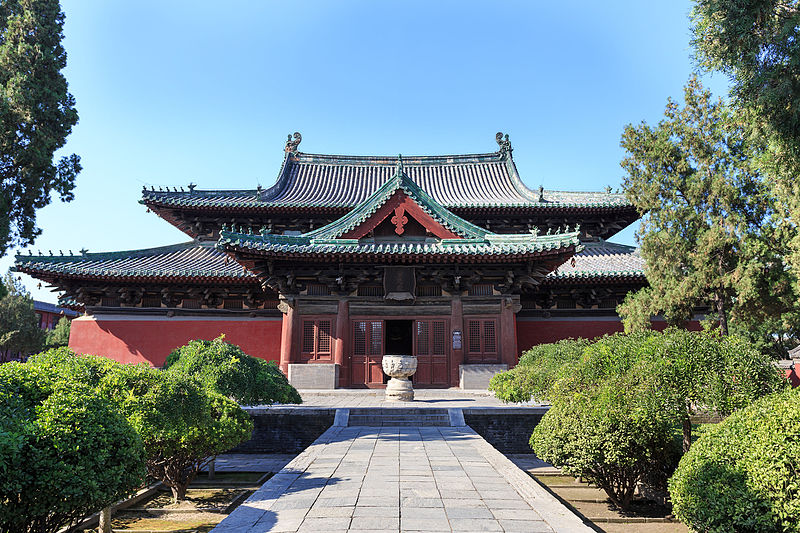Chinese Architecture
Chinese Architecture
Chinese architecture is an architectural style that developed over millennia in China, before spreading out to influence architecture throughout East Asia. 
Since the solidification of the style during the early imperial period, the structural principles of Chinese architecture have remained largely unchanged, the main changes being only the decorative details.
Starting with the Tang dynasty, Chinese architecture has had a major influence on the architectural styles of Japan, Korea, Mongolia, and Vietnam, and a varying amount of influence on the architectural styles of Southeast and South Asia including Malaysia, Singapore, Indonesia, Sri Lanka, Thailand, Laos, Cambodia and the Philippines.
Chinese architecture is characterized by various features such as bilateral symmetry, use of enclosed open spaces, the incorporation of ideas related to feng shui (e.g. directional hierarchies), a horizontal emphasis, and an allusion to various cosmological, mythological or in general symbolic elements. Chinese architecture traditionally classifies structures according to type, ranging from pagodas to palaces. Due to the frequent use of wood, a relatively perishable material, as well as a lack of major monumental structures built of more durable materials, much historical knowledge of Chinese architecture derives from surviving miniature models in ceramic and published planning diagrams and specifications.
Some of the architecture of China shows the influence of other types or styles from outside of China, such as the influences on mosque structures originating in the Middle East. Although displaying certain unifying aspects, Chinese architecture on status or affiliation, like whether or not the structures were constructed for emperors, commoners, or used for religious purposes. Other variations in Chinese architecture are shown in the varying styles associated with different geographic regions and in ethnic architectural design.
The architecture of China is as old as Chinese civilization. From every source of information—literary, graphic, exemplary—there is strong evidence testifying to the fact that the Chinese have always enjoyed an indigenous system of construction that has retained its principal characteristics from prehistoric times to the present day.
Over the vast area from Chinese Turkistan to Japan, from Manchuria to the northern half of French Indochina, the same system of construction is prevalent; and this was the area of Chinese cultural influence.
That this system of construction could perpetuate itself for more than four thousand years over such a vast territory and still remain a living architecture, retaining its principal characteristics in spite of repeated foreign invasions—military, intellectual, and spiritual—is a phenomenon comparable only to the continuity of the civilization of which it is an integral part.
— Liang Sicheng, 1984
Throughout the 20th century, Chinese architects have attempted to combine traditional Chinese designs into modern architecture, usually government. Moreover, the pressure for urban development throughout contemporary China requires a higher speed of construction and floor area ratio: thus, in cities, the demand for traditional Chinese buildings (which are normally less than 3 levels) has declined in favor of modern architecture.
However, the traditional skills of Chinese architecture, including major and minor carpentry, masonry, and stonemasonry, are still applied to the construction of vernacular architecture in China's vast rural areas.
https://en.wikipedia.org/wiki/Chinese_architecture


